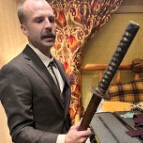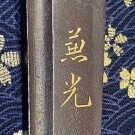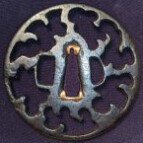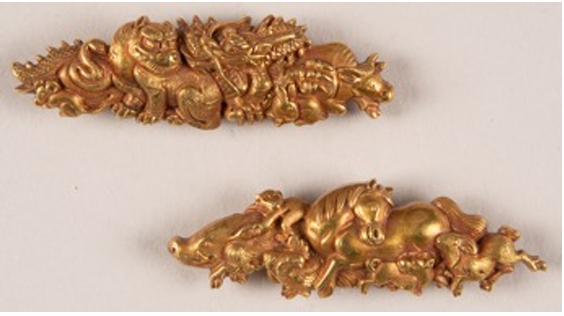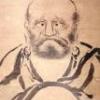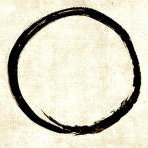Leaderboard
Popular Content
Showing content with the highest reputation on 01/01/2025 in all areas
-
I admit I have always liked the kantei threads a lot and made few of them over the years. So I thought it would be also fun to start a year with one. Unforutunately I don't have any items in my collection that I could post as a kantei item, I will improvise from the massive amount of books I have. This is not too serious as the pictures are far from perfect and my text description is not either. This is supposed to be fun experience and possibly make you open a book or 2, some may of course get it correctly by just quick glance. Then of course after the reveal we can have some discussion in the thread. I will post the answer some time on 11.1.2025. I don't know my schedule for that day yet, so it can be any time during the day. Type: Tachi Nagasa: 77,3 cm Sori: 2,2 cm Motohaba: 2,5 cm Sakihaba: 1,5 cm Kissaki: 2,1 cm Nakago: 18,0 cm This is a shinogi-zukuri tachi with iori-mune. It is narrow style and width of moto and saki are different. Sugata picture is shown. Jigane is tight ko-itame hada. Hamon is shallow ko-midare with some ko-chōji. There is yaki-otoshi. Bōshi is thin ko-maru. Unfortunately, my pictures of hada and hamon are not showing details and I do not have the knowledge is tiny details to give more accurate description. There is horimono as seen in the picture. Horimono are commonly seen in works of this smith. Nakago is ubu and has 3 holes and there is a long signature. Usually this smith signed katana-mei.6 points
-
4 points
-
Thank you for entrusting me with this restoration, at first it looked quite serious but after removing the oxidation I found that the original patina underneath was pretty much untouched by corrosion, also the zogan was rock solid in position, a testament to the quality of the work from this tsubashi. So I just had to make a new patina on the brass and stabilize the iron patina. It was a pleasure bringing back to life this excellent work.4 points
-
3 points
-
Greetings to All, Recently, I acquired a rather rusty tsuba as part of a deal for a Washida tsuba with another collector. This piece was thrown into the arrangement by the seller to meet the requested price range. Despite its condition, it showed some promise. The tsuba is signed Kyozan Mitsunaka + (Kao) ({嚮山 光中(花押)}) in kin-zogan. Based on the pictures, it appeared to feature brass hira-zogan of peonies and arabesques. Despite the rust, none of the inlays seemed to be missing - testament to the craftsmanship. The subject and execution also align well with works by Washida Mitsunaka or the Washida school. Seeing its potential, I decided to accept the deal, and both tsuba landed on my desk. Believing the piece was worth restoring, I sent it to Manuel @C0D for restoration, and I wasn't disappointed. Manuel did an outstanding job removing the rust and re-patinating the brass. If Manuel would like to elaborate on the restoration process, I would welcome it. The gamble paid off, as the final result is quite pleasing. As you can see, the tsuba has been brought back to life: I hope you enjoy it as much as I do. Regards, Luca P.S. I have to thank Manuel for allowing me to use the pictures he made.3 points
-
Looks like Minamoto Yoshitsune and Benkei on the Gojo bridge…..they had a bit of a disagreement there.3 points
-
Rob, thanks for comments. I use Microsoft Publisher so can cut and past pics and text (e.g. from NBM) then edit and format. The text takes most time and need to find the info, then check and cross-check Japanese and kanji (this is a challenge but my wife is very helpful, and patient!). Also a lot of confirmation is needed. But also lots of help and input e.g. @Kiipu , @Bruce Pennington and others. When you go for the hols, be sure to take Parts 1 and 2. I hope these papers will be a useful start for future studies. Mal3 points
-
3 points
-
Dan, I don’t think there’s anything unusual about this tsuba; you might be overthinking it a bit. And, of course, the motif wasn’t hand-carved on the tsuba.2 points
-
2 points
-
Lots of people here talk the talk, just nice to see someone walk the walk. Also extremely kind of them to share their collection from time to time. As said, some folks here moan that all we see is junk and there is never ever any good stuff. Well, there you are, good stuff. People should be able to present quality items here without a running commentary that ruins it. To me, just comes across as envy and i wish they would just shut up and go and read a book or something.2 points
-
I agree. Everyone has their own priorities and interests. I know a lot of people who dismiss all Japanese military swords as "trash". I, on the other hand, am very interested in them because they are the last military swords intended to be used in battle in the era of modern mechanized war. Which alone makes them very interesting in the history of swords and other bladed weapons. These "official souvenirs" seem to be actually commissioned by 8th Army very soon after the war and thus have their own very interesting tale in the big picture.2 points
-
@mecox Just fantastic Mal ... gosh there is some work and great information in these. Information aside, I dont know who does your type/formatting but what a great job.... congratulations on that aspect as well. It's coming to Victoria with me for the School hols - Grandkids minding duty (I will find time) Rob2 points
-
G'day Glenn, Your sword is signed Hiromitsu, I believe. The sword appears to be an older sword, that has been shortened (Suriage+ Machiokure). It's hard to guess the age from your photo's, however, as a guess I would say mid Muromachi period. circa 1500.2 points
-
Dan, for sure you should explore this... but do not lose sight of the knowledge that fires were very common in Edo Japan... you will need to prove that this was done purposefully (which I personally do not believe) as opposed to "accidently" caught in fire incidents (which I do believe is the case)2 points
-
In high school many years ago we learnt about re-heating sand-iron and how it forms a shell... i forget the context of why we learnt this, and I don't care enough today to look into it further (happy new year by the way!) But a quick gpt brings up this: Click for clearer image. So it could be this too...2 points
-
宗兵衛 (?) Sōbei (I have found two who signed with this name, one in Asakusa, Edo, and the other in Satsuma.)2 points
-
The key piece of information is that Hankei carved his signature and did not chisel it (see the pictures in Jean's link) - I am sure this is why folks are skeptical of the signature... -t2 points
-
Going back a long time ago in a Nihonto galaxy far far away………we took “chisa katana” to mean a sword that was just a bit short of the then accepted minimum length of a katana. The variance was not to my knowledge ever defined so we all had our own opinions.Then there was O-wakizashi (how that differed from Chisakatana was a mystery). Then O-Tanto (probably the aforesaid sun nobi Tanto in today’s speak. By “we” I mean the scattered enthusiasts that existed mostly outside London some 45 years ago. There was more informed opinion in the Token Society which was largely London orientated but we outsiders still had a ball. Some of the stories we could tell….😳….in fact that would make a great topic maybe….? Some of you fellow members wouldn’t know whether to laugh or cry or just wish you were there back then. Imagine a world with no internet, no mobile phones let alone iPhones. The only books were Ogasawara, Yumoto, Robinson and if you were very very lucky, Hawley. Anyway enough end of year rambling. If you read this….Happy New Year!2 points
-
2 points
-
There are a lot of silly, redundant questions and questions about horrible blades posted for discussion here on this forum every day. Jacques has been here to answer them in his unique and not very sociable style for a long time now. You can ignore him, if you want to, but his theoretical knowledge is worth listening to. I wish he could find a less confrontational language in his posts, but then, he is who he is. Better listen to an angry, honest voice than to the ignorants and the crooks everywhere. reinhard2 points
-
2 points
-
I thought some of you might find this interesting. I cannot find a copy of this article online and think that this is as good a place as any to share it. So, without further ado, here is the segment in question from 'Asia' magazine, May 1939, titled 'The Rusty Swords of Japan- A Study in the Death of a Philosophy' by Alan Wilson Watts. Enjoy.1 point
-
What better way is there to start the new year than with some gendaitō reading material. Mal & Co., Ltd have thoroughly revised the two part treatise on Japanese naval swords. This was a major, full-time, undertaking by Mal & Sueko that took months to accomplish and the results speak for itself. Do give Mal a big thanks for all that he has done via the download pages linked to below. Lets support those that help us be better informed collectors. Cox, Malcolm E. Japanese Naval Swords, WW 2: Swordsmiths & Workshops. Part 1. Updated. 2024. A4 size, color illustrations, 132 pages. Japanese Naval Swords Part 1 Cox, Malcolm E. Japanese Naval Swords: Swordsmiths & Workshops. Part 2. Upgraded. 2024. A4 size, color illustrations, 166 pages. Japanese Naval Swords Part 21 point
-
1 point
-
Yes, especially at this stage in his career. Remember, this is very early Watts, he was only 24 years old at the time of writing and probably still a bit green to the true depth and complexities of the topic at hand.1 point
-
1 point
-
I do not mean to disparage anything shown here in the slightest — there has indeed been an exceptional blade that was recently, and very generously, shared here. But, in all honesty, I think you are selling some of the collections of your fellow NMB members rather short.1 point
-
I for one would love to hear… I have to satiate myself with the “fag ends” of this era, which my father was very much a part of when it came to Rigbys Purdeys and HH rifles but sadly not Japanese swords. Happy New Year Colin.1 point
-
"I'd truly like to see one of your swords jacques - they must be amazing! What do you collect personally?" ("Deanna") "...put up a good blade of your own" ("Rivkin") You are confusing Insta with NMB. reinhard1 point
-
I am doubting the external finish is soft, but instead,very hard and brittle.... as per the info in the second half of the gpt image I shared. The Tsuba example I gave earlier in the thread is like this, some flaked off years ago and it was way harder than the iron interior, to the point that it didnt indent like iron should, but just "snapped"... i wish I had of put a magnet on it back then. Also, as per that second gpt part, it does make mention of coatings causing an encasement... take the finish look that it mentions with a grain of salt though.1 point
-
I like the way this discussion is going. I’m looking forward to your microscope photos, Dan. I wonder… it looks pretty flakey to me. Did any of that outer material flake off in the packaging? Don’t damage it, but is any loose enough that it falls off? If so, you could see if the outer material is magnetic or not. It looks metal, but is it? Just some thoughts, Carry on, -Sam1 point
-
Wow! Stephen’s brilliant post with his great research adds a whole new line of inquiry into how some tsuba could have been made! I find this extremely exciting! Tomorrow, I will add some more pictures taken with my digital camera and digital microscope to this thread of my tsuba with the hard metal core and the soft metal covering. You will see what Stephen is referring to in his post and how this technique was accomplished on a tsuba. Like I stated somewhere on these threads before, some tsuba craftsmen were almost alchemists in how they could mix and re-heat metals! I think this is entirely new line of research (and has not been brought up before) and is an alternative way to construct a tsuba! Onward the adventure continues!1 point
-
Happy New Year Stephen! Wow, you are the man! That is great information you posted! And it could very well explain the outer shell on my tsuba! I will have to study your post more carefully. I am amazed! Thank you, With respect, Dan1 point
-
Glen, I'm not ready to abandon the use of this tool for helping to define modern categorical distinctions between tsuba. AI produces what is, by its very intent, a synthesis of available data. It does not interpret, which is where we need to go next to discern what features might differentiate the categories that exhibit "Owari-Momoyama-ness." For example, the Ono guards are "more commonly" thick. Owari guards are sometimes as thick (>7 mm), but those are rare. I have to do a survey of that defining range and compare to other categories, but the point is that we need to do the rest of the leg work. There is never going to be an airtight set of attributes that we can point to and say, oh it's this, but I still think this approach can be helpful. What the ChatGPT synthesis (and it's likely also true for searches for Owari, Kanayama and Yagyu) does do quite well is to eliminates a lot of tsuba that have been attributed to Ono by individual collectors and/or NTBHK and which clearly do not exhibit this "Owari-Momoyama-ness," whether Ono or other Owari Province category. The results of the search does not apply to Yamakichibei, Hoan, Norisuke, Nobuie, or other Owari smiths. Here is another opportunity to subdivide, ie the Owari/Kanayama/Ono/Yagyu are a sub-group with related features, which is not a new concept and can be expected because of the close provincial geography of these workshops. I'll play around a bit more including a comparison with the Google AI profile, which has the added advantage of providing at least some of the key sources for the synthesis. I think that it may be possible to set up a table with attributes as the columns and tsuba categories (e.g. Owari, Kanayama, etc.) as the rows, and put check marks in the squares to see if a "bar code" comes out that is distinguishing. Some of the attributes may be shared. Others may actually be unique. And more aesthetic attributes should be included, although “stiff” versus “lively, fluid” needs to be better defined. Science and Art are not mutually exclusive, as I have written on and published before.1 point
-
Interestingly enough, as is often the case with ChatGPT summaries, it is so broadly "distilled" as to be virtually unusable. It sounds good upon first reading, but seriously lacks detail. You could use that very same set of criteria that it listed for Ohno, to describe almost any of the school constructs that are grouped in with "Owari-Momoyama-ness": ie. Owari, Kanayama, and Yagyu tsuba (although Yagyu tsuba were later than the rest)... ,but it definitely does not describe Yamakichibei tsuba (where round shapes are the exception rather than the more typical mokko or lobed shapes, and irregular asymmetry in the sukashi pattern and execution is nearly always the norm). Note: I have tried ChatGPT many times in the past, and even made some past NMB posts using its results, only to discover multiple flaws and limitations of using ChatGPT ) Oh and, Happy new year by the way1 point
-
Also similar to mine: Tsuba with design of peonies and arabesques Washida Mitsunaka (Japanese, 1830–1889) School: Shonai School (Japanese)JapaneseEdo period1847 Medium/Technique Main material: iron; other metals: silver; shakudo plugs; decorative technique: hirazogan Dimensions Overall: 8.4 x 8.1 x 0.3 cm (3 5/16 x 3 3/16 x 1/8 in.) William Sturgis Bigelow Collection Accession Number 11.12197 Signed Shonai no ju Washida Mitsunaka, with a kao; Koka yon hinoto-hitsuji natsu juhassai saku 庄内住鷲田光中(花押)弘化四丁未夏十八歳作 Provenance By 1911, purchased by William Sturgis Bigelow (b. 1850 - d. 1926), Boston [see note 1]; 1911, gift of Bigelow to the MFA. (Accession Date: August 3, 1911) NOTES: [1] Much of Bigelow's collection of Asian art was formed during his residence in Japan between 1882 and 1889, although he also made acquisitions in Europe and the United States. Bigelow deposited many of these objects at the MFA in 1890 before donating them to the Museum's collection at later dates. https://collections.mfa.org/objects/119161 point
-
1 point
-
The characters look like "常之", but I could find no extant signatures of Yabu Tsuneyuki in my books, or online, to tell if this signature is a match. I did find an exquisite set of menuki from the Wakayama Prefectural Museum, that is from Yabu Tsuneyuki. (link below). Unfortunately there is no shot of the mei. The catalogue says it is signed "Yabu Tsuneyuki" (藪常之). chrome-extension://efaidnbmnnnibpcajpcglclefindmkaj/https://wave.pref.wakayama.lg.jp/news/file/33039_2.pdf1 point
-
Hi Lewis, I don't think so in the west - I think Ray Singer answered a similar question recently with the conclusion that, as it is a special order sword, it would have received the smith's best efforts and superior materials and therefore be superior to his normal production. Not sure if that would be the case in Japan.1 point
-
“The exception proves the rule.” Really interesting subject, and there is much more to it, but Jean and Tcat above have just about deconfused it for us. (Traditional Nihontō classification and modern education committee bureaucratic classifications do not always agree on the fine detail. The latter is based more on mathematics. Most Japanese seem to ride with it when there are two answers.)1 point
-
maybe the use of kanji can help again. sun=寸=inch nobi=延=extend so sunnobi simply means extended by 1 "inch", which is not the current english measurement system. its old Japanese which is a bit longer than the english inch.1 point
-
Thanks for the video, Dee! They had me at "Samurai Swords" - looking at 13 gunto. Only 2 waki were likely old blades. In spite of the inaccuracies, I couldn't stop watching. Heck, there were 15 swords to drool over for 18 minutes! What's not to like!1 point
-
There is an arrogance with some people here that believe they are a fountain of knowledge that we all need. we don't. People collect whatever swords they collect and there are already resources such as books, the internet and willing and friendly folks that assist without making a big deal. Been here many years now and from time to time notice the subtle knowledgeable folks that pop in on occasion. There are number of such folk that come here, folks like Jussi that give opinion and share useful data, others that obviously know what they are talking about but stay in the background. At a point now where im not big on learning much more, know what i need to know. In that respect wont bat an eyelid at blocking anyone who stands on a soapbox and comes across as an A-hole. If i want to know more with regards a future purchase then like anyone here, i can do that myself. Some people talk like they are a dealer in Tokyo that have handled thousands of swords from many many schools, its embarrassing. Rein it in, you know who you are. Personally, never learned anything from such a person, that's a fact.1 point
-
Sorry for being an entry collector. Nihonto translated to english susposed to be Japanese Sword. Never bothered you guys with chinese copies. Its not required to read my topics, let alone you need to reply. Wish you all a healty 2025. Ivo1 point
-
1 point
-
1 point
-
Knowledge above all, I'm not materialistic, I'm not interested in owning swords, and in any case I don't have the means for my ambitions. I have a small collection of knives, built up over 40 years ago, and I quickly realized how useless collecting was for me.1 point
-
Hi @marivo, welcome to the forum. I saw your posts over on Reddit about this item. My guess would also be late muromachi, maybe. Just my novice collector guess though. Don’t be discouraged. This forum has members with the highest of standards. Which is actually a good thing, but it can be disheartening to hear their observations on our beginner and lower end items. We all strive to be connoisseurs, learn, and have the best swords we can manage. For what it’s worth, the age of a sword is generally decided based on its general shape (sugata). So an image of the whole sword profile without any of its fittings helps people roughly date the item. It looks like your sword might have been shortened (suriage) at some point in its life, making the age of it difficult to surmise. One thing you can learn a lot from your swords is how to properly measure, store, and care for them. Also general handling and sword etiquette. Avoid using Uchiko powder for now. https://www.Japanese...ndex.com/measure.htm https://www.militaria.co.za/nmb/faq/question/3-how-to-oil-and-maintain-nihonto/ https://swordsofjapa...ary/nbthk-etiquette/ Always happy to have a constructive conversation about any sword in any condition. Best of luck, -Sam1 point
-
I don’t see anyone giving false hope or helpful words but neither did I see anyone giving helpful constructive comments or advice until Jacques felt obliged to explain himself. Better to try and explain what a “tired” blade is and why this looks like a very tired blade which to his credit Jacques has tried to do in his second effort although again he cannot resist attempting to assert his superiority (which is pretty pathetic and unhelpful against a beginner who is here asking for help) So yes, the blade has large areas of forging flaws and core steel showing. Yes the polish is not good with a heavy Hadori finish probably applied to hide or enhance a hamon that has been degraded by many polishes. So is a blade like this a useful learning piece?…..of course it is. Ivo now sees first hand with his own eyes some of the assorted issues that occur to greater or lesser extents on many blades. His eye will be greatly improved. …..and the best lesson and one that we all remember is the one we learned the hard way. We all started somewhere.1 point
This leaderboard is set to Johannesburg/GMT+02:00


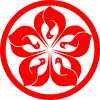




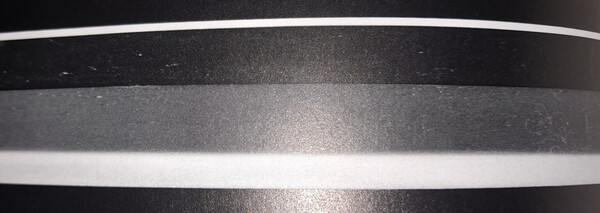



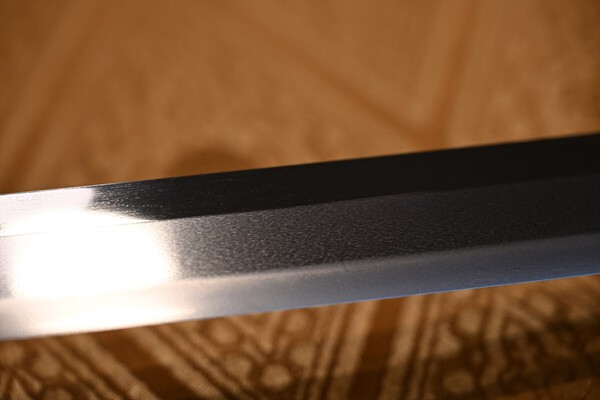

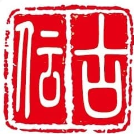
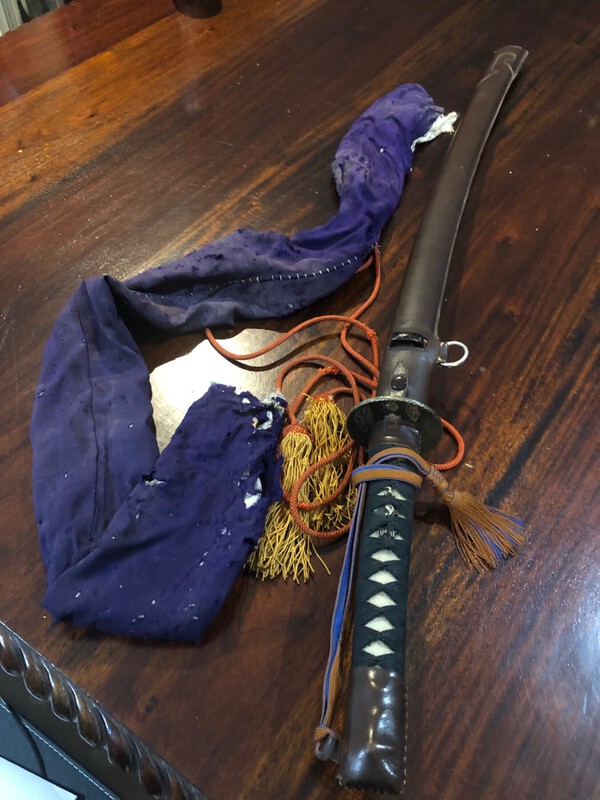




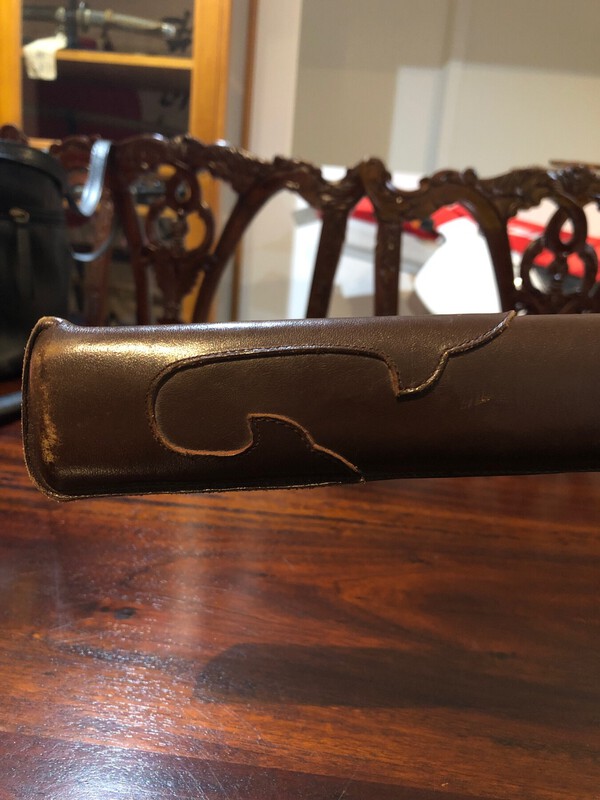
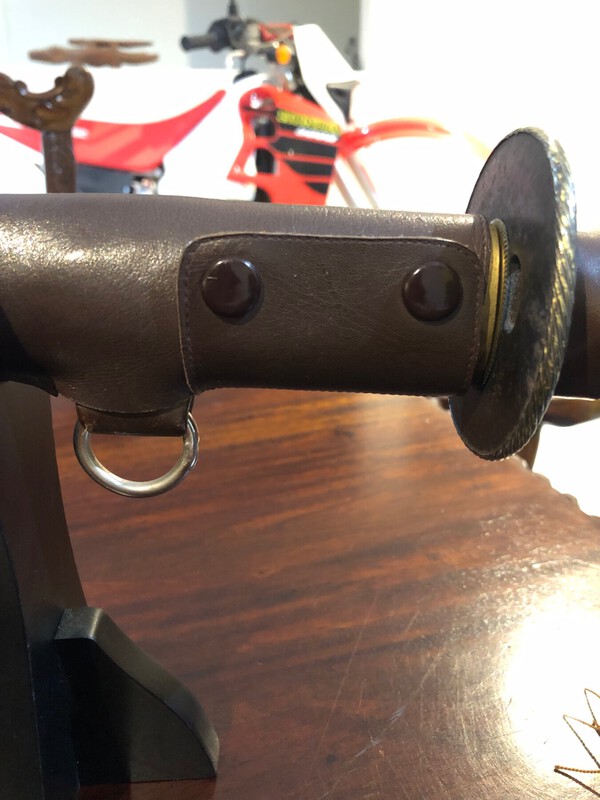





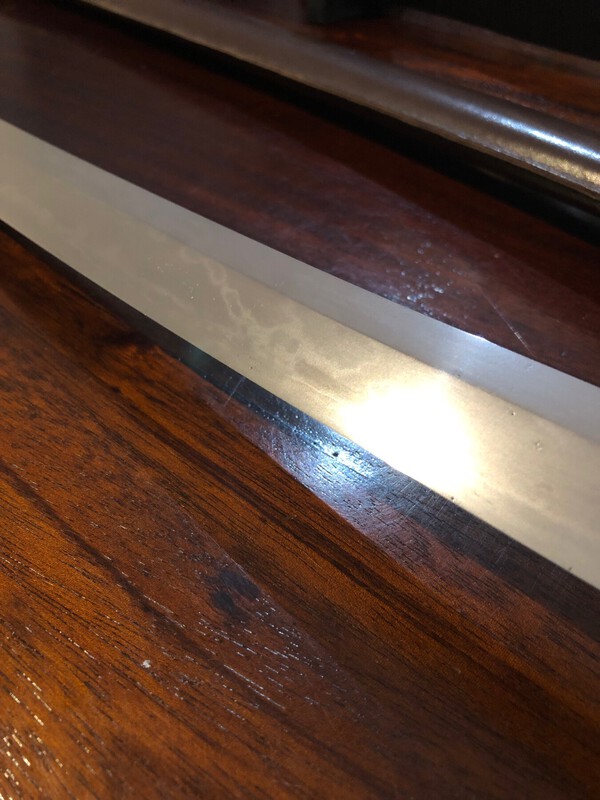





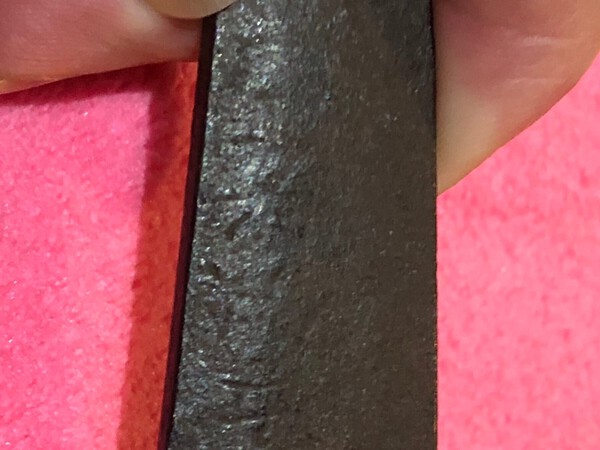


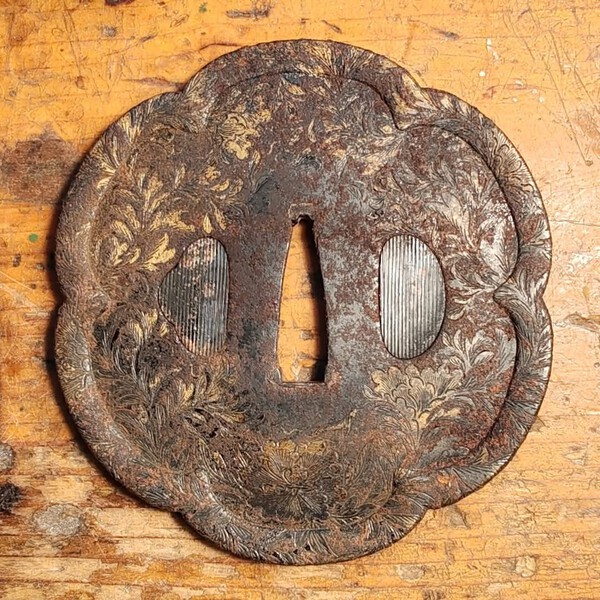


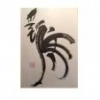



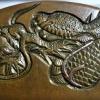
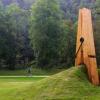

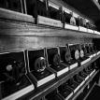

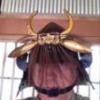
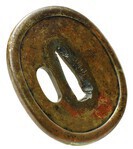


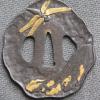

.thumb.jpeg.6b0ead37ac886cdedc956d1638811660.jpeg)
.thumb.jpeg.a92c1bc5340effab4e12e215305125aa.jpeg)
.thumb.jpeg.a60d5a6d35d13dfce4ef30f1d6bc727a.jpeg)

